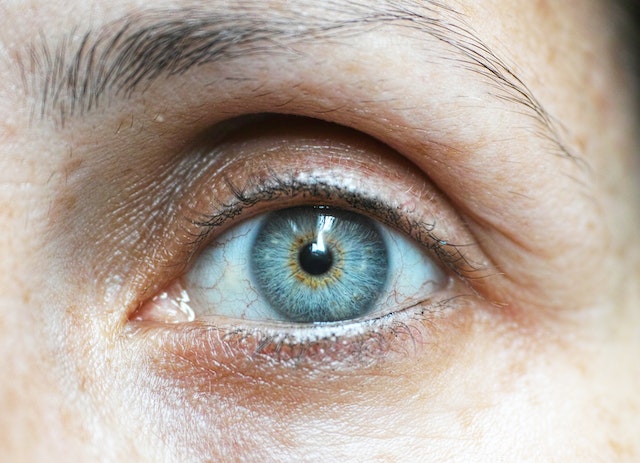Introduction: Eye infections can disrupt our daily lives, causing discomfort and affecting our vision. Understanding what happens inside the eye during an infection can provide valuable insights into the nature of these conditions. This article delves into the internal processes that occur during an eye infection, shedding light on the mechanisms and factors that contribute to their development and progression.
- Entry of Pathogens: Eye infections typically begin when harmful microorganisms, such as bacteria, viruses, fungi, or parasites, enter the eye. These pathogens can enter through various means, including direct contact, airborne transmission, contaminated surfaces, or improper handling of contact lenses. Factors like poor hygiene, compromised immune system, or pre-existing eye conditions may increase the susceptibility to infections.
- Targeted Areas: Once inside the eye, pathogens tend to target specific structures, leading to localized infections. Commonly affected areas include:
a. Conjunctiva: The conjunctiva, the thin membrane covering the front of the eye and inner eyelids, is a common site for infections like conjunctivitis (pink eye). Inflammation and redness occur as the body’s immune response is triggered.
b. Cornea: The cornea, the transparent front surface of the eye, can be infected, resulting in a condition called keratitis. Infections may penetrate the cornea through a scratch, contact lens misuse, or exposure to contaminated water or objects. Keratitis can cause pain, blurred vision, and corneal ulcers.
c. Eyelids and Glands: Infections like blepharitis affect the eyelids and associated oil glands. Bacteria overgrowth or blockage of these glands can lead to inflammation, swelling, and crusting.
d. Inner Eye Structures: In rare cases, severe infections can affect the inner structures of the eye, such as the vitreous gel or retina. Endophthalmitis, often resulting from trauma or post-surgical complications, can cause severe pain, vision loss, and even threaten the eye’s integrity.
- Inflammatory Response: When the eye detects the presence of pathogens, the immune system triggers an inflammatory response to eliminate the invaders. Inflammation leads to redness, swelling, increased blood flow, and the release of immune cells to fight the infection. However, excessive inflammation can also contribute to tissue damage and vision impairment.
- Symptoms and Complications: Eye infections manifest through various symptoms, including redness, pain, itching, discharge, sensitivity to light, blurred vision, and in severe cases, vision loss. If left untreated or improperly managed, complications like corneal ulcers, scarring, or chronic inflammation can arise, further impacting vision and ocular health.
- Diagnosis and Treatment: Diagnosing an eye infection involves a thorough examination by an eye care professional. They may perform tests, such as a slit-lamp examination or collect samples for laboratory analysis. Treatment options vary based on the specific infection but may include prescription medications like antibiotics, antivirals, antifungals, or supportive care measures such as warm compresses and artificial tears.
Conclusion: Eye infections involve a complex interplay of pathogens, immune responses, and ocular structures. Understanding the internal processes during an eye infection can help us appreciate the importance of timely diagnosis, proper treatment, and preventive measures. By staying informed and seeking prompt medical attention, we can effectively manage eye infections, protect our vision, and maintain optimal eye health.




